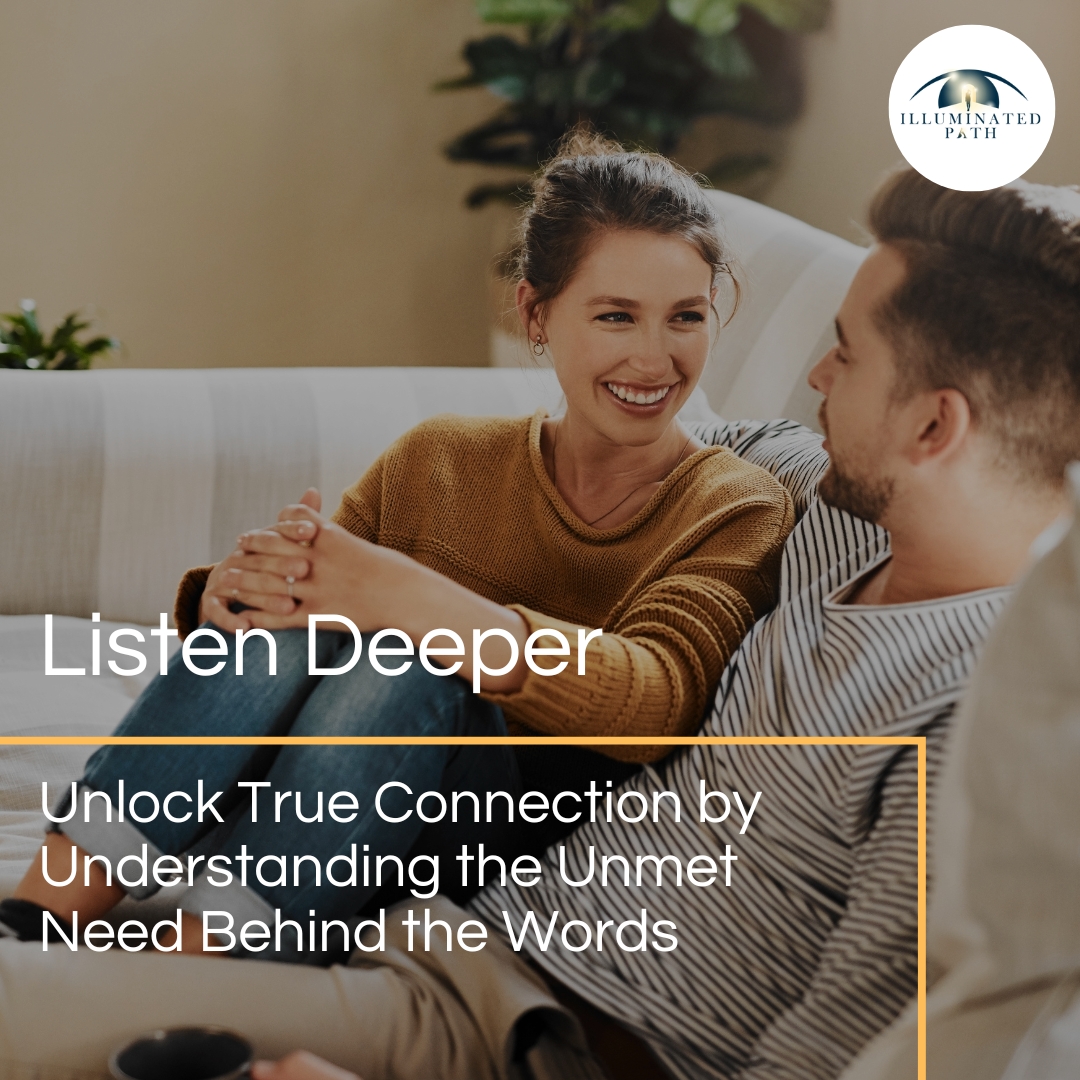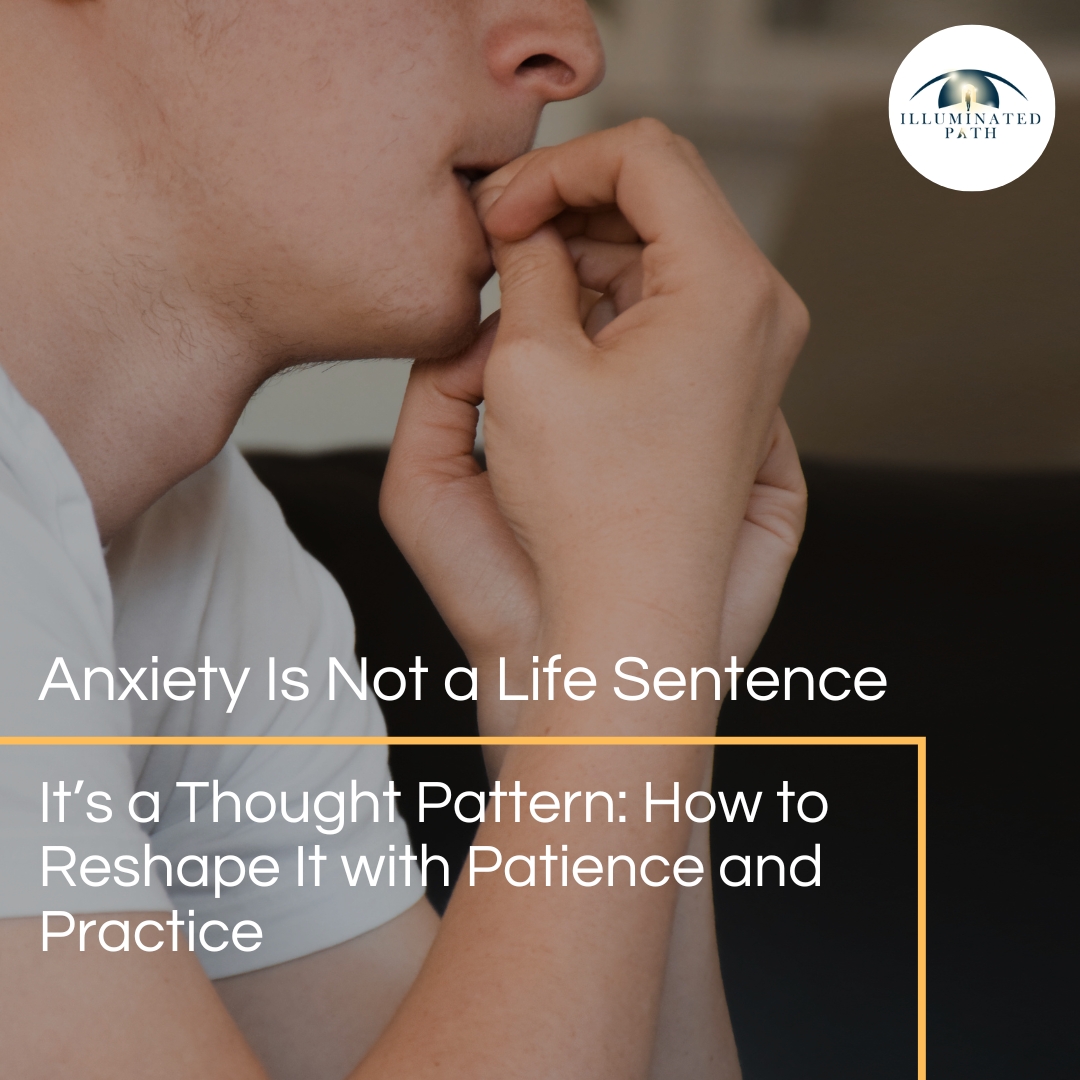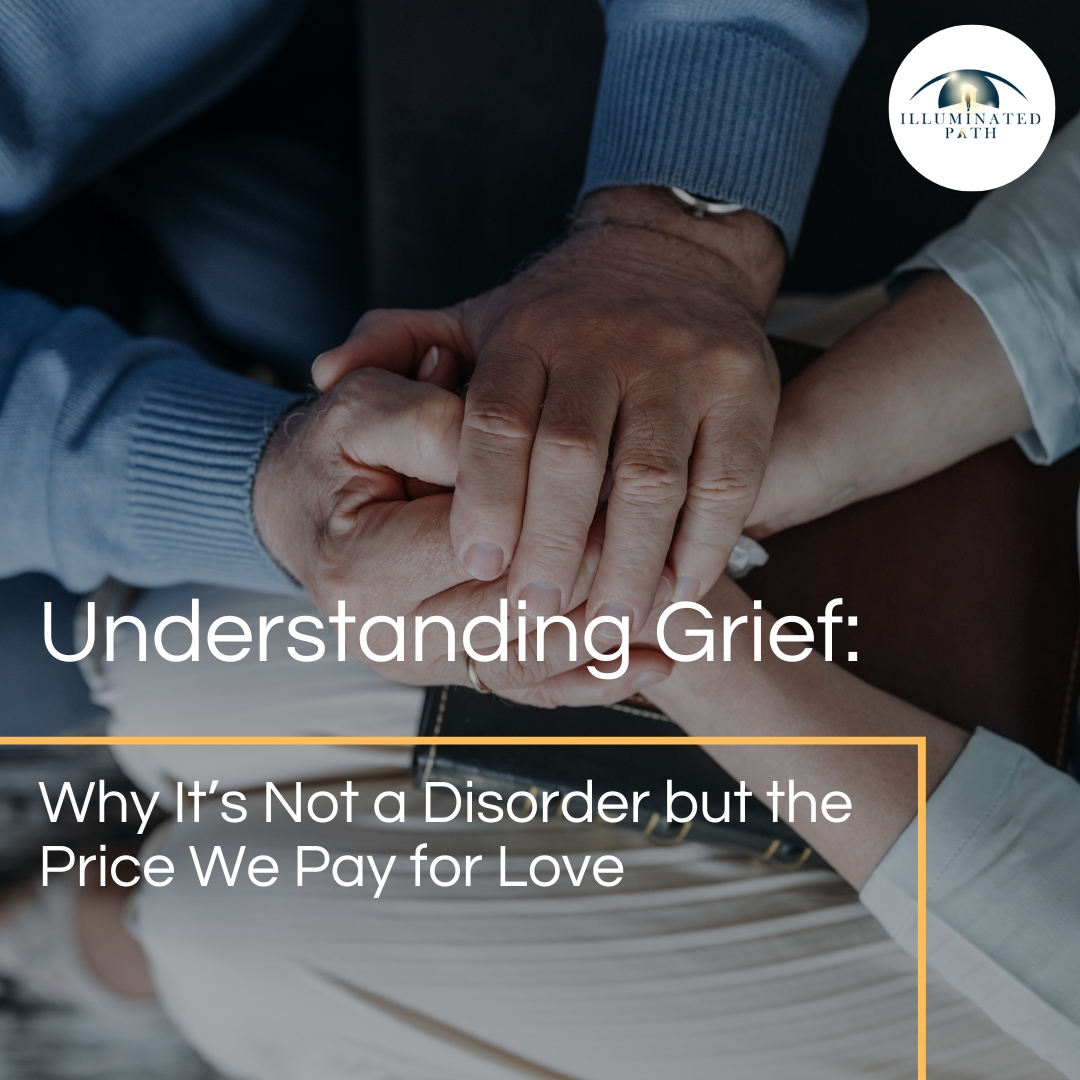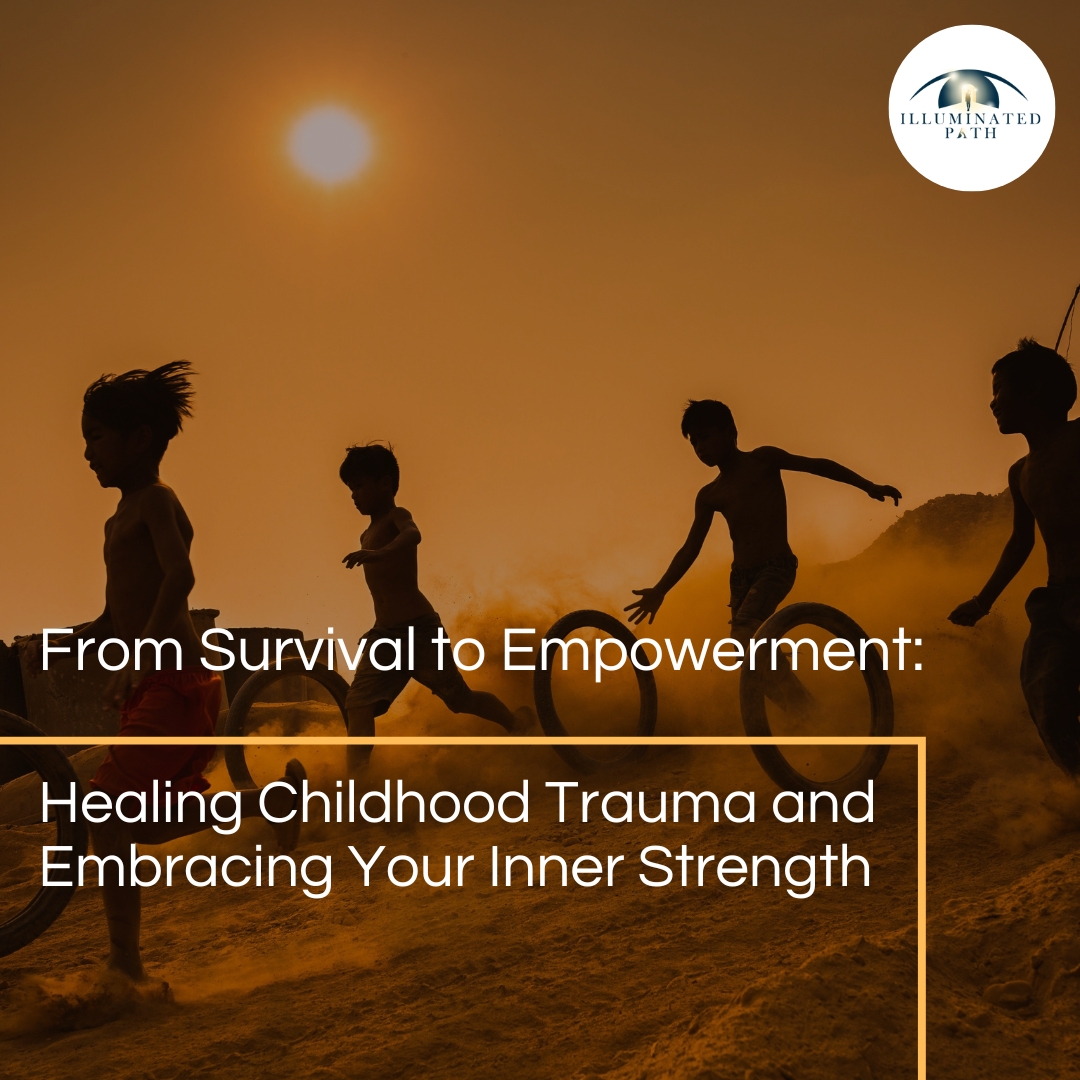
The spaces we inhabit are not passive backdrops to our lives—they actively shape our emotions, behaviors, and mental well-being. At Illuminated Path’s Therapy and Coaching Center, every therapy room is meticulously designed to foster emotional vulnerability, growth, and healing. Drawing on principles of environmental psychology, trauma-informed care, and evidence-based design, these spaces integrate sensory elements like lighting, comfort, and safety to create a sanctuary where clients feel empowered to confront their struggles. Below, we explore how intentional design choices transform physical environments into catalysts for mental health recovery.
1. Lighting: Balancing Calm and Connection
Lighting is a cornerstone of healing environments. Illuminated Path prioritizes natural light, which helps regulate mood and reduce stress. Large windows with adjustable blinds allow clients to control sunlight exposure, fostering a sense of agency—a critical factor in trauma recovery. For evening sessions, warm, dimmable lighting mimics natural sunset hues, promoting relaxation.
Harsh fluorescent lighting can exacerbate anxiety, so therapy rooms use indirect lighting sources, such as softly glowing wall sconces and table lamps, creating a soothing ambiance. This approach enhances emotional safety and focus during therapeutic work.
2. Comfort: Designing for Physical and Emotional Safety
Therapy rooms at Illuminated Path prioritize ergonomic furniture with plush, supportive seating. Soft textures—think velvet cushions, wool throws, and padded armrests—stimulate the tactile senses, grounding clients in the present moment. Chairs are arranged to allow personal space while facilitating eye contact, balancing intimacy with autonomy.
Personalization is key. Clients are encouraged to adjust elements like pillow placement or room temperature, reinforcing their sense of control—a principle central to trauma-informed care. Neutral-toned walls and sound-absorbing materials minimize auditory distractions, creating a quiet refuge where clients feel safe to express vulnerability.
3. Safety: Architecture as a Nonverbal Reassurance
Healing spaces must first feel physically secure. Illuminated Path’s rooms feature soundproof walls, private entrances, and locked storage for personal items, addressing common trauma-related fears of intrusion or exposure. Layouts are intentionally simple, with clear sightlines and uncluttered pathways to prevent sensory overwhelm.
Psychological safety is further reinforced through biophilic design. Potted plants, such as lavender and snake plants, purify the air and evoke a connection to nature, which has been shown to reduce stress and improve mood. Nature-themed artwork provides visual anchors for mindfulness exercises, helping clients transition from hypervigilance to calm.
4. Color Psychology: Subtle Hues for Emotional Regulation
Color choices are deliberate. Walls are painted in soft blues and greens, hues associated with tranquility and renewal. Accent tones like warm terracotta or pale gold are used sparingly to evoke warmth without overstimulation. Research suggests that cool colors slow heart rates, while warm tones foster comfort.
Abstract art is avoided in favor of nature-inspired imagery, as realistic landscapes (e.g., forests, oceans) have been shown to enhance emotional regulation more effectively.
5. Spatial Flow: Intuitive Design for Emotional Movement
The layout of each room supports the therapeutic journey. A circular seating arrangement encourages equality and connection, while a designated “reflection corner” with a cozy armchair and weighted blanket offers a retreat for overwhelmed clients. Furniture is arranged to avoid sharp angles, promoting a sense of fluidity and ease.
Wayfinding is simplified with subtle visual cues—a curved hallway leading to the therapy room, for example—reducing disorientation and pre-session anxiety.
Conclusion: The Science of Sanctuary
At Illuminated Path, therapy rooms are more than physical spaces—they are active participants in the healing process. By harmonizing sensory elements like lighting, comfort, and safety with evidence-based principles, these environments reduce stress, foster trust, and empower clients to engage deeply with their emotional growth.
“The environment is the invisible therapist. When designed with intention, it holds space for transformation.”

The Author
Dr. Shadi Souferian Psy. D.
Licensed Clinical Psychologist
Therapist And Psychologist in Los Angeles And Beverly Hills.






